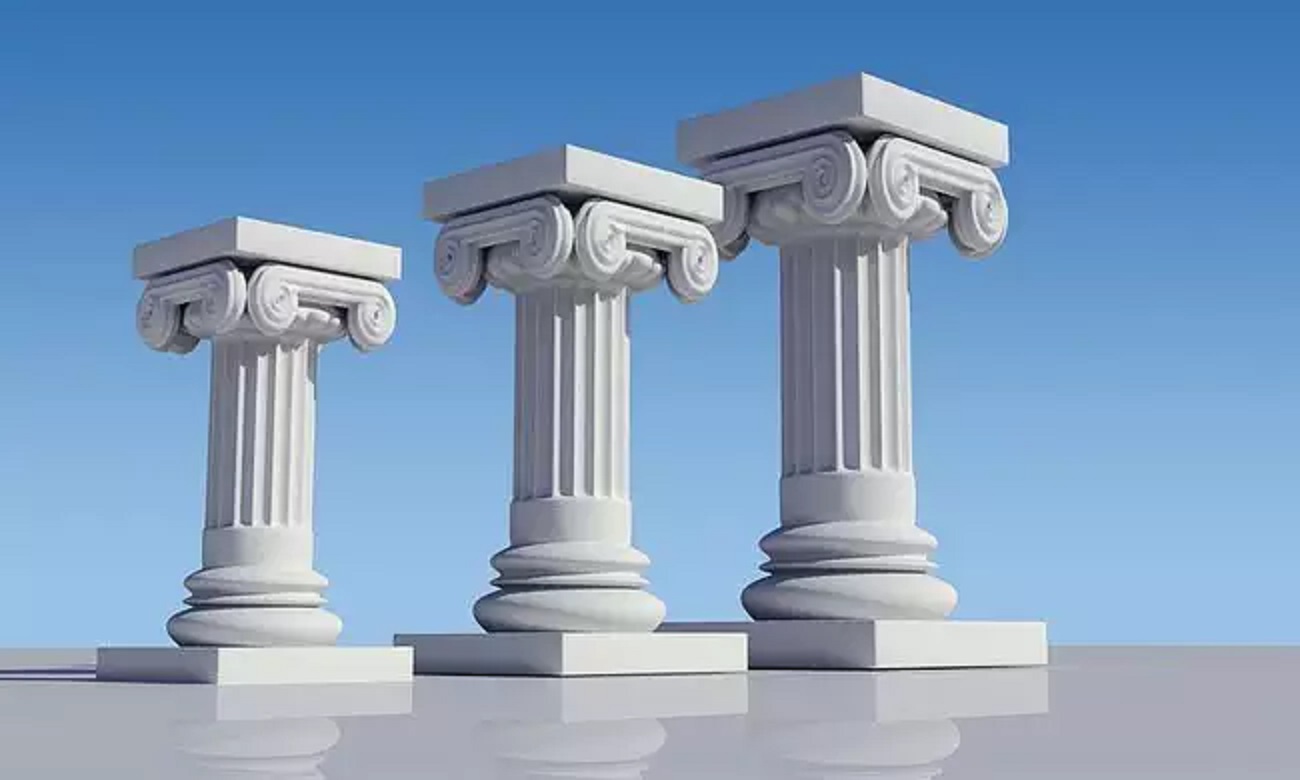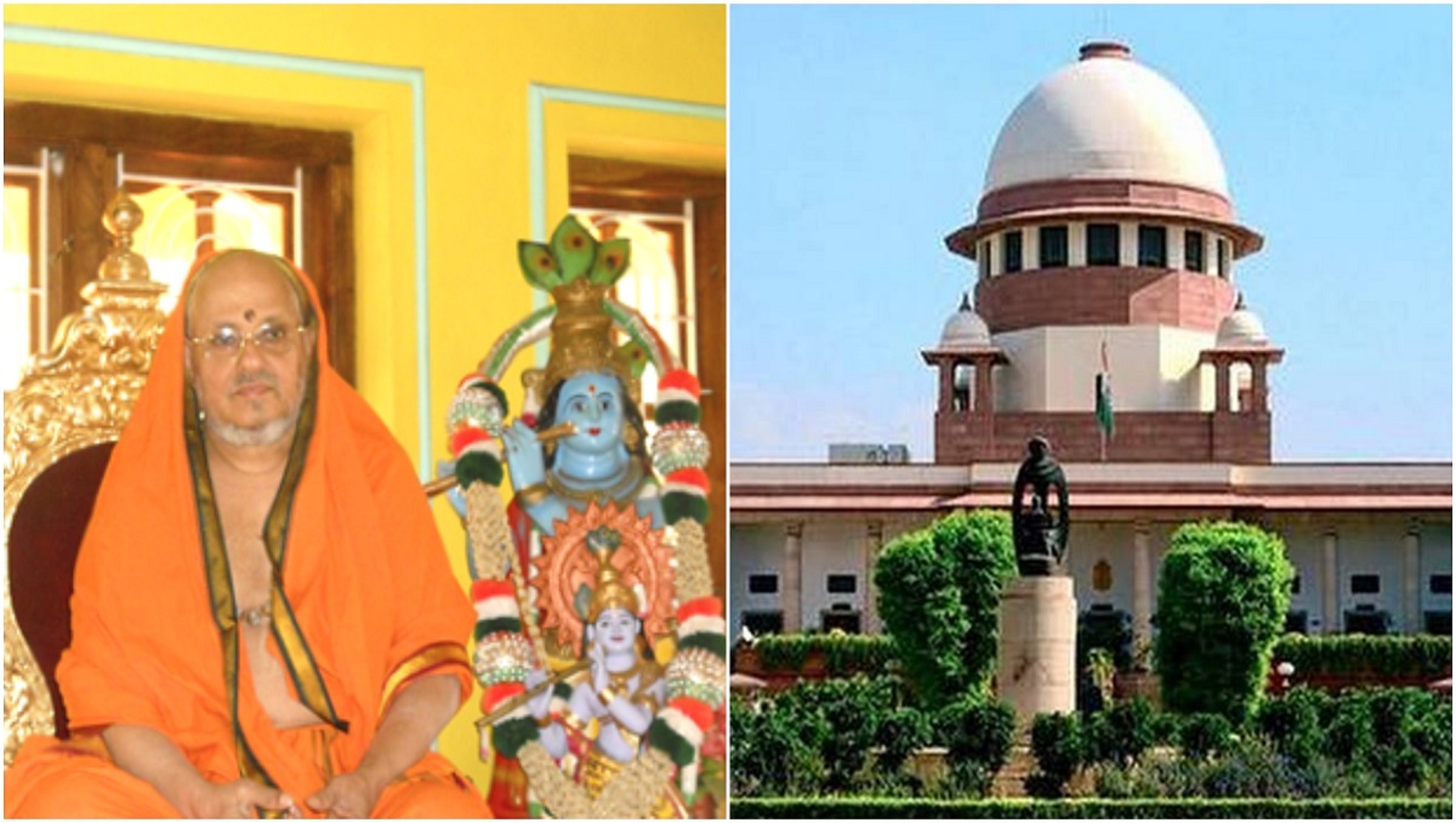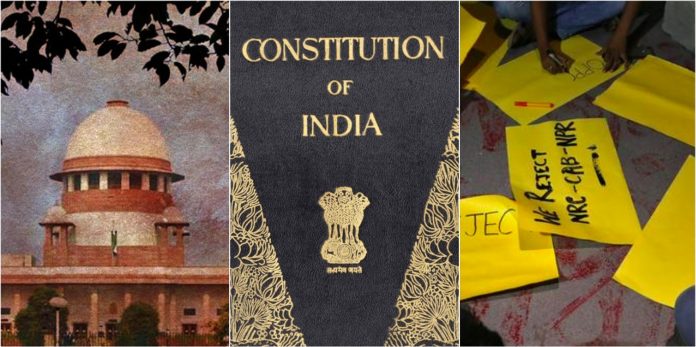- As you are aware, the three key pillars of the Constitution tasked with upholding the purity of the Indian democratic style of governance are the legislature, the executive, and the judiciary. Each pillar’s tasks are clearly defined, and neither enters the other’s area knowingly or unknowingly. We are also aware of how the court is frequently characterized as intruding into the other two realms, earning the label “judicial activism.” Every bill or act enacted by the legislature must now pass muster with the higher courts, whose principal purpose is to ensure that constitutionally guaranteed rights are not jeopardized at any cost. No wonder the Supreme Court is seen as the last resort for those seeking relief/justice.

PC: Mansoor Ali Bohra
- There is no ambiguity in what has been stated here. Yet, the argument about who has supremacy between the legislature, which represents all citizens, and the judiciary, which interprets the constitutional legality of Bills/Acts, continues. The country is well aware of the fact that the Central and Delhi government are at odds over governance concerns. As a result, it was startling to see an uncommon intervention during the recent Rajya Sabha debate on the Government of National Capital Region of Delhi (Amendment) Bill. While arguing for the bill, former Chief Justice Ranjan Gogoi questioned the basic structure concept, which limits the legislature’s ability to amend core characteristics of the Constitution.
- Note that it is at odds with his view on the subject when he was a Supreme Court judge. It’s 50 years since the Kesavananda Bharati verdict introduced the basic structure. The pushback, however, continues relentlessly. For the uninitiated, basic structure is best understood as a non-negotiable aspect of the checks and balances in a parliamentary democracy. It’s a balancing instrument that works by drawing boundaries. Invocation of basic structure is never abstract. For instance, a constitutional bench used it in a verdict delivered in May on the division of powers between GOI and the Delhi government. The verdict said that democracy and federalism are a part of the basic structure of the Constitution. How does it work in practice?

PC: FILE
- According to the constitutional bench, a triple chain of accountability is the framework that gives effect to democracy. The chain comprises a bureaucracy, a government, and a legislature which emerges after a popular mandate. Political parties have not always accepted limits on Parliament’s powers to amend the Constitution. Nonetheless, all major political parties have been supportive of the basic structure doctrine. Over five decades, its essentiality has been accepted by all stakeholders. Even though Parliament passed the Delhi services bill, the last word on it hasn’t been said. In July, the SC referred the ordinance, which preceded the Delhi services bill, to a Constitutional bench. It remains to be seen if the bill clears the basic structure test.






